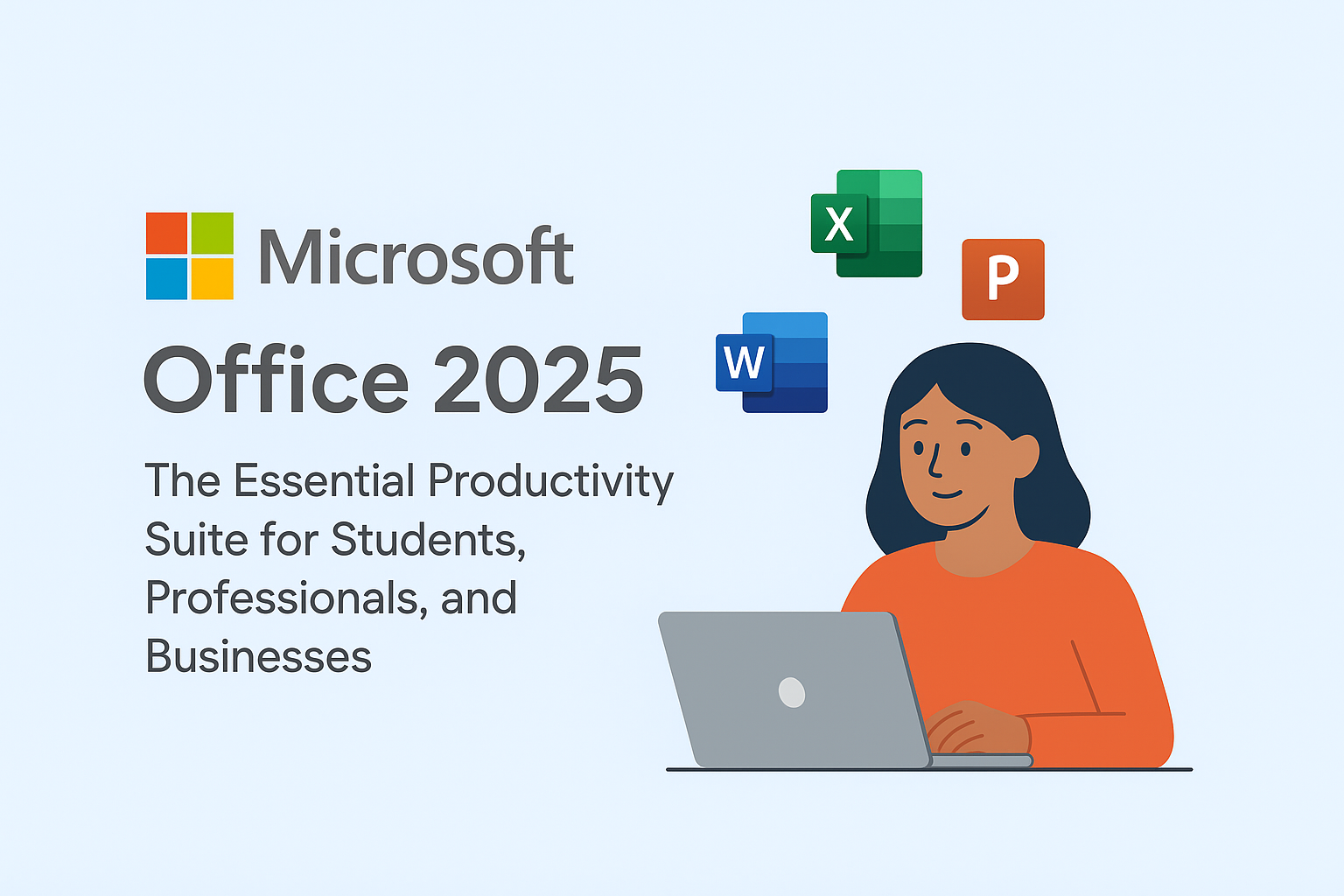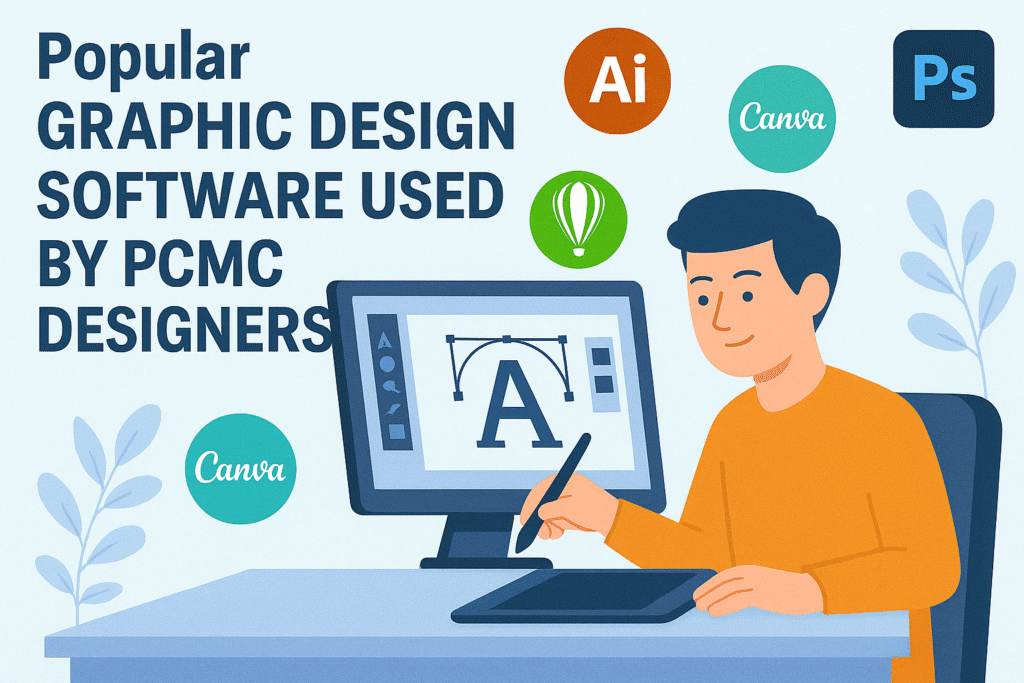In 2025, software development is faster, more automated, and more intelligent than ever — thanks to AI-powered DevOps and hyperautomation tools. These technologies are enabling students in tech fields, professional developers, and IT companies to speed up delivery, improve quality, and reduce manual work across the software lifecycle.
What Are AI-Powered DevOps and Hyperautomation Tools?
DevOps combines development and operations to streamline the software delivery process. When you add AI into the mix, you get AI-powered DevOps — automation that can predict issues, optimize pipelines, and enhance collaboration without constant human intervention.
Hyperautomation takes this further by integrating AI, machine learning, robotic process automation (RPA), and other advanced tools to automate every possible repetitive task in development and IT operations.
Popular tools in 2025 include:
- GitHub Actions – Automates CI/CD workflows.
- Jenkins with AI plugins – For intelligent build management.
- Harness – AI-driven software delivery platform.
- UiPath – RPA platform integrated with AI for IT workflows.
Why AI DevOps and Hyperautomation Are Trending
According to
, terms like AI DevOps tools and hyperautomation in IT have seen record growth in 2025. The key reasons:
- Faster Software Delivery – Continuous integration and deployment without bottlenecks.
- Cost Savings – Reduced need for repetitive manual work.
- Predictive Issue Detection – AI spots bugs before deployment.
- Scalable Automation – Works for startups and enterprise IT teams alike.
- Integration Across Tools – From Agile project management boards to bug tracking systems.
Key Features of AI-Powered DevOps Tools
- Intelligent CI/CD Pipelines – Self-optimizing build and deployment processes.
- Automated Testing – AI detects more edge cases in less time.
- Predictive Analytics – Anticipates resource needs and potential delays.
- Smart Monitoring – AI-powered alerts and health checks.
- Cross-Tool Integration – Works with GitHub, Jira, Slack, and more.
How Different Users Benefit
For Students
- Learning Real-World DevOps Skills – Practice with tools used in industry.
- Automating Coding Projects – Use CI/CD for personal app deployments.
- Portfolio Enhancement – Show experience with AI DevOps tools.
For Professionals
- Faster Releases – Ship updates without manual delays.
- Reduced Human Error – Automated workflows ensure consistency.
- Advanced Monitoring – AI insights for performance optimization.
For IT Companies
- Enterprise-Scale Automation – Manage hundreds of deployments seamlessly.
- Integrated Security Checks – AI runs vulnerability scans before release.
- 24/7 Monitoring – Automated alerting without human oversight.
Challenges and Limitations
- Complex Setup – Initial configuration can be time-consuming.
- Over-Automation Risks – Too much reliance on AI can lead to missed context.
- Tool Integration Costs – Some enterprise solutions are expensive.
Key Points of this article
- AI DevOps tools 2025
- hyperautomation in software development
- best CI/CD automation tools
- AI for IT operations
- predictive DevOps analytics
- AI-powered bug tracking
Tips for Using AI-Powered DevOps Effectively
- Start Small – Automate one part of the pipeline before scaling up.
- Combine AI with Human Review – Keep critical checks in human hands.
- Integrate Security Early – Adopt DevSecOps practices.
- Monitor Performance Metrics – Use AI analytics to refine processes.
Final Thoughts
AI-powered DevOps and hyperautomation tools are redefining how software is built, tested, and deployed in 2025.
For students, they offer hands-on experience with cutting-edge automation. For professionals, they mean faster releases and fewer errors. For IT companies, they deliver scalable, intelligent workflows that save time and money.
As automation continues to evolve, the future of software development will be faster, smarter, and more efficient — and AI will be at the core of that transformation.



